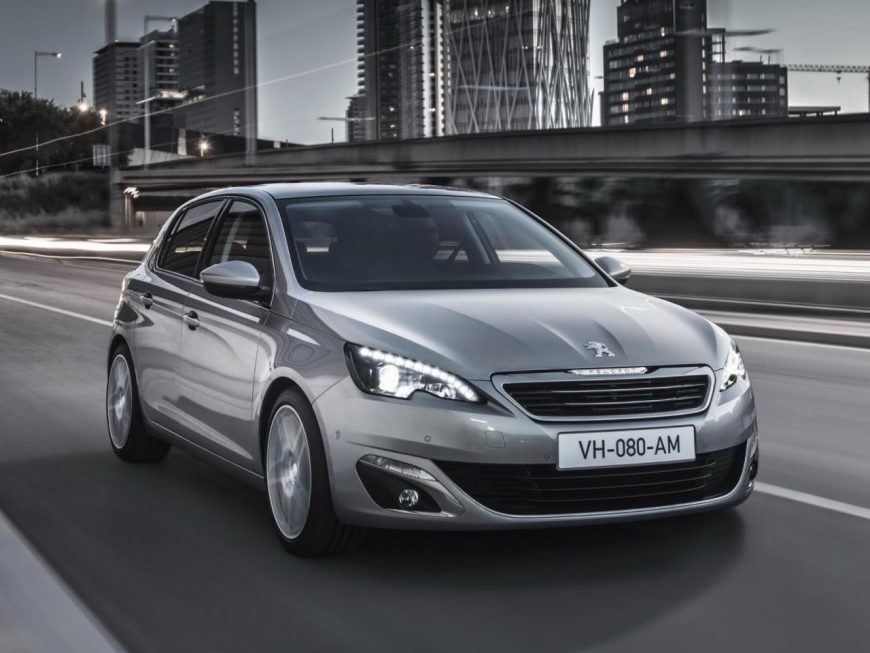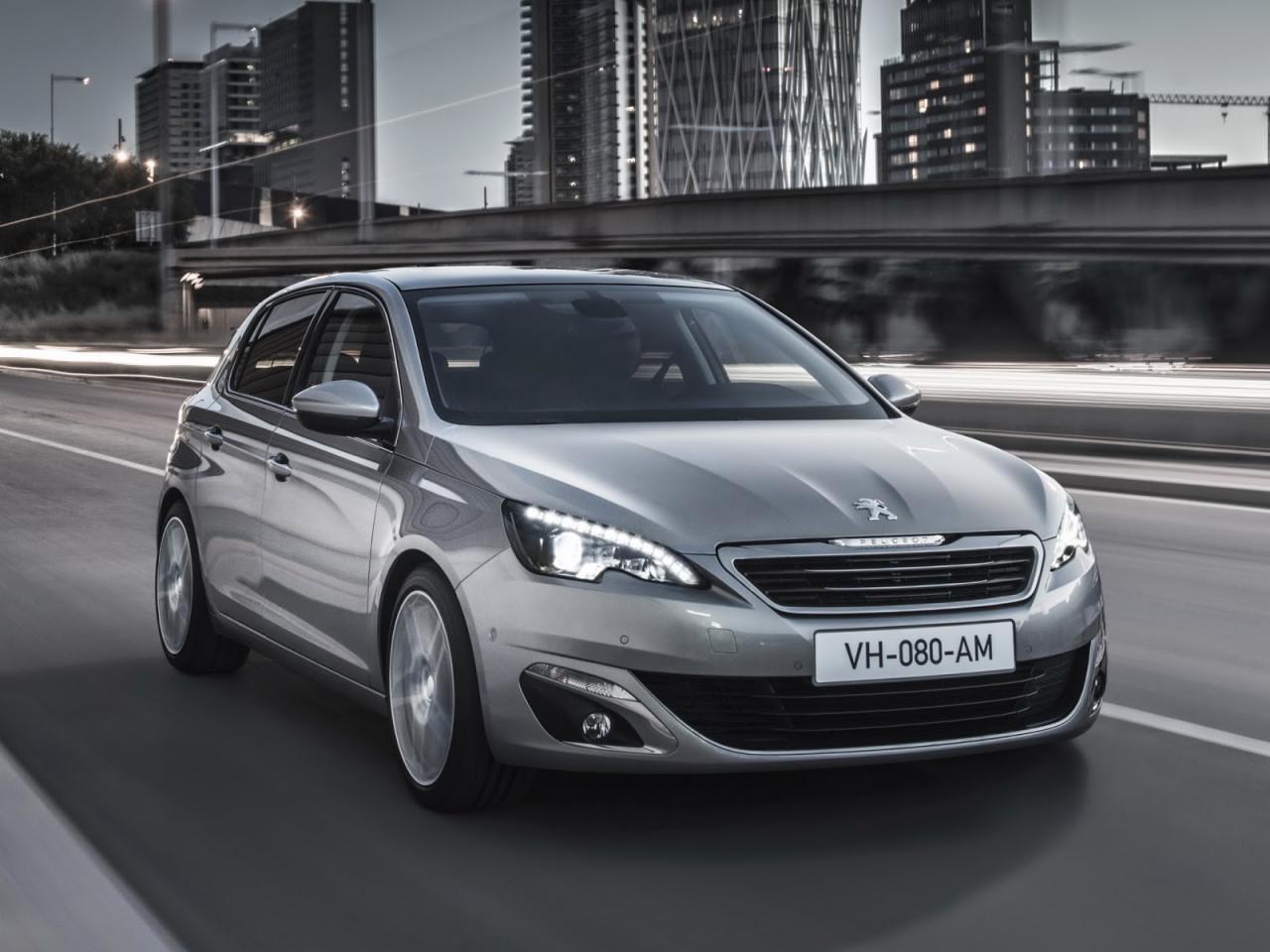
In 1936, the Peugeot 302 was introduced. This marked the beginning of the ‘3’ series cars in the Peugeot range. However, its reign in the market went cold in 1938. Peugeot didn’t introduce another ‘3’ car until the late 1960s. The return of the ‘3’ car in the Peugeot line up was marked in 1969 by the launch of the 304. 1986 saw Peugeot break their tradition by releasing the 309.
 |
| All-New Peugeot 308 |
Until today the 309 is the only model in the range that has a ‘9’ at the end of its name. The 309 was followed with the 306, 307, and now 308. The outgoing Peugeot 308 was more up market than its predecessors. Nevertheless, it earned a bad reputation for being less striking thanks to its gapping grille and large ‘eyes’. However, recent developments at Peugeot have changed the 308’s reputation from dull to intuitive.
 |
| Reverse camera |
Design
The all-new Peugeot 308 is audacious, intuitive, and modern. The hatchback features a refined and classy design. Peugeot’s new EMP2 (Efficient Modular Platform 2) modular platform, offers the 308 with compact dimensions and 140kgs of reduced weight. The All-new Peugeot 308 has all of the essential characteristics needed in the C-segment. The All-new 308’s compact size (length: 4.25m and height: 1.46m), spacious interior and a particularly large boot (470 litres below the shelf) offers a strong alternative to many of its rivals.
 |
| ‘Cat’ like front headlights |
The 308 is the latest evidence of the Peugeot’s up-market strategy and move. The 308’s design is inspired by the 208 hatchback and 2008 crossover. The initial design brief of the All-new Peugeot 308 was to have the highest levels of quality in its DNA. With its compact length of 4.25 metres and well-balanced proportions, the all-new Peugeot 308 projects a classy and sophisticated presence. The front is dominated by an evolutionary reinterpretation of the brand’s ‘floating’ front grille, and by the strong lighting signature.
 |
| Rear claw like lights |
Slim full-LED headlamps are standard on the majority of trim levels. This is a world-first in the hatchback segment. The all-new 308’s high quality design continues at the rear, with the three Peugeot (lion) ‘claws’ drawn by the rear LED lamps.Every element, both inside and outside, has been developed and refined with exceptional attention to detail. The choices of high quality interior materials and the satin chrome or gloss black detailing add to the all-new Peugeot 308’s feeling of sophistication.
 |
| A spot on driving position |
Performance
The all-new Peugeot 308 benefits from a range of petrol engines, which are efficient and completely unprecedented. Power outputs are between 130 hp (96 kW) and 155 hp (115 kW). The power units are paired to either a 6-speed manual or automatic transmission with an automatic stop start system. Fuel consumption for all petrol engines is between 4.6 to 5.6 l/100 km.
 |
| Clutter free cockpit |
Interior
The hallmark of the interior of the all-new Peugeot 308 is the i-cockpit. Everything is arranged with precision for an experience that is intuitive and relaxing. This in turn allows the driver to focus entirely on the road ahead. The compact steering wheel and head-up instrument layout mean that information can be clearly read, by looking over rather than through the steering wheel. The highlight of the all-new 308’s generously spaced cabin is the 9.7-inch touch-screen interface, which removes much of the need for physical buttons and switches. Many infotainment controls are located in one place for ease of use and to create a contemporary and uncluttered cabin.
 |
| View from the rear |
Verdict
The all-new 308 represents a bold move by Peugeot to move to the luxury hatchback segment. The hatchback is more striking than any of its predecessors. Inch by inch, the design of the All-new 308 reveals its prowess to charm. Add that with its luxurious interior and one can be sure that the hatchback will draw more people to the brand. The Peugeot 308 was named Car of the Year 2014 at the 84th Geneva International Show. The Peugeot 308 received 307 points from the 58 Jury members, with top points from 22 jurors.
